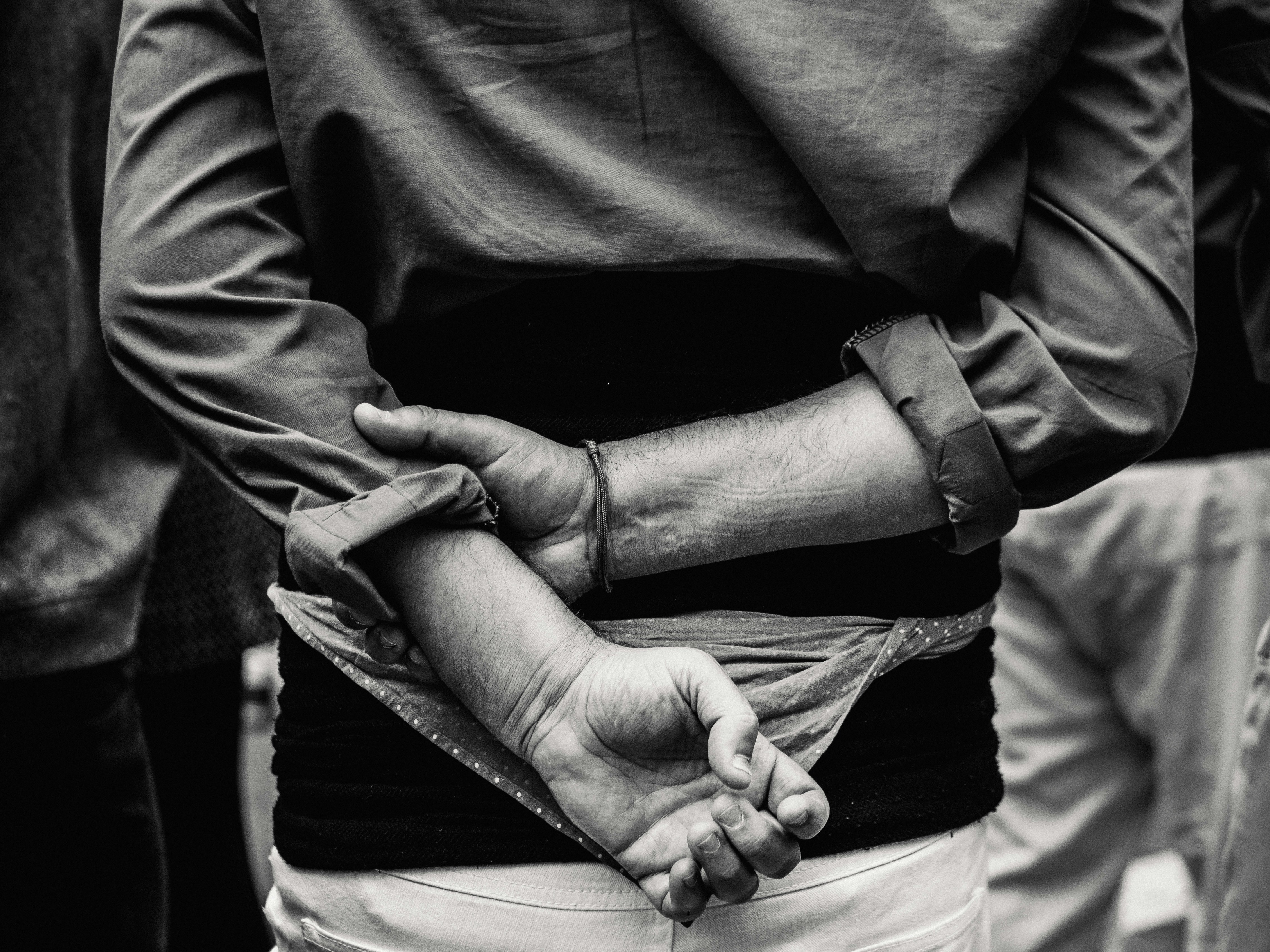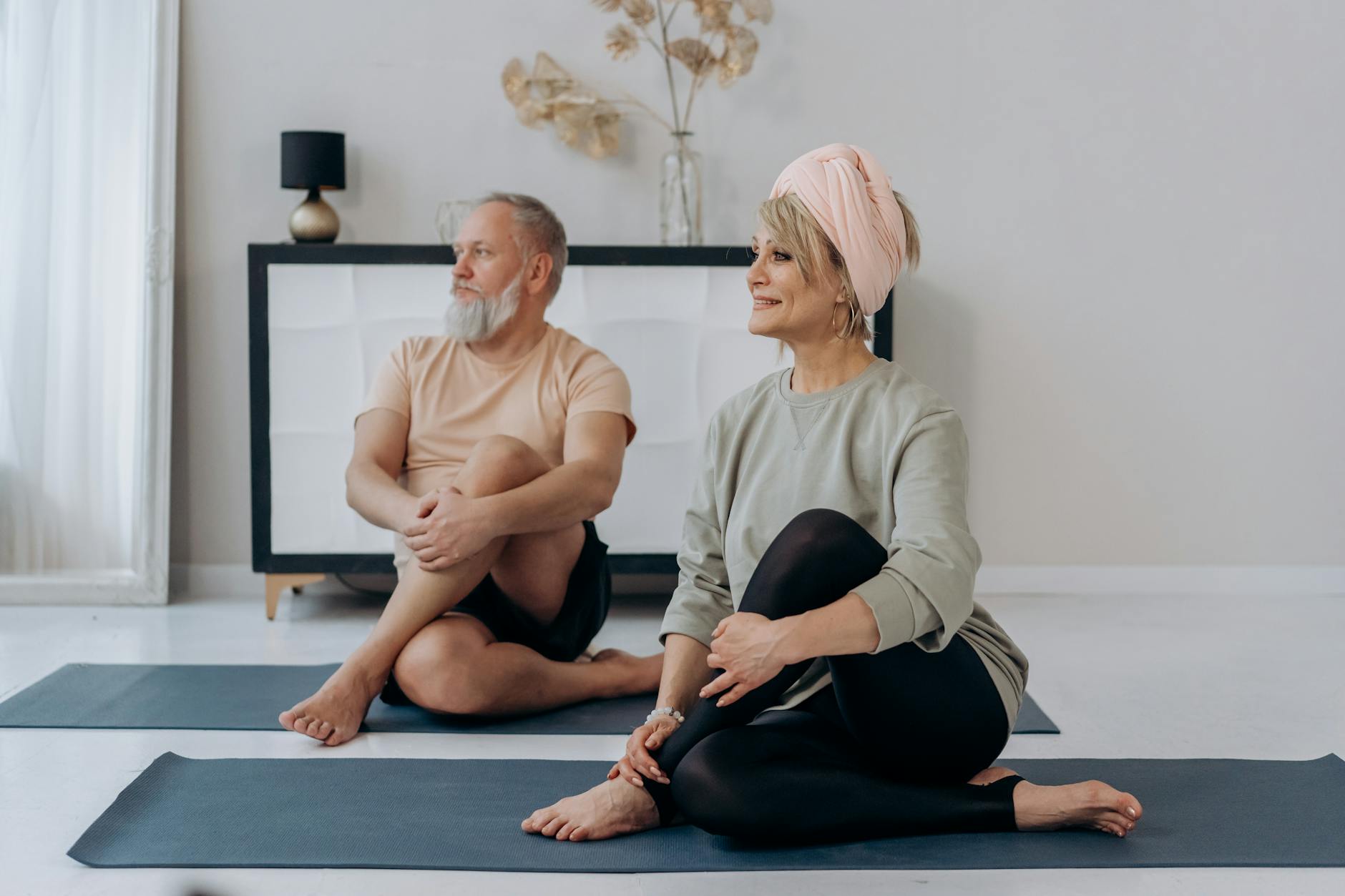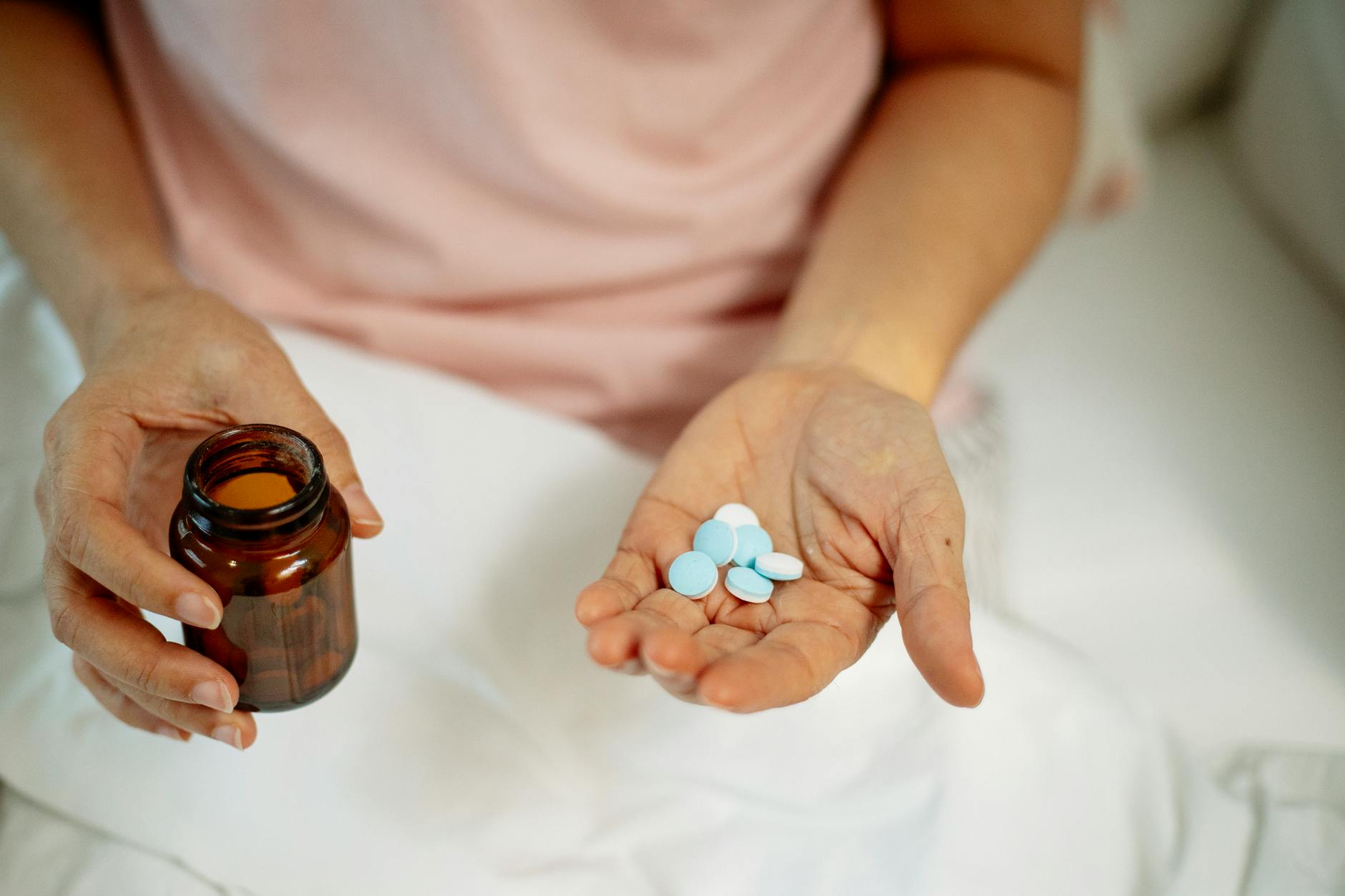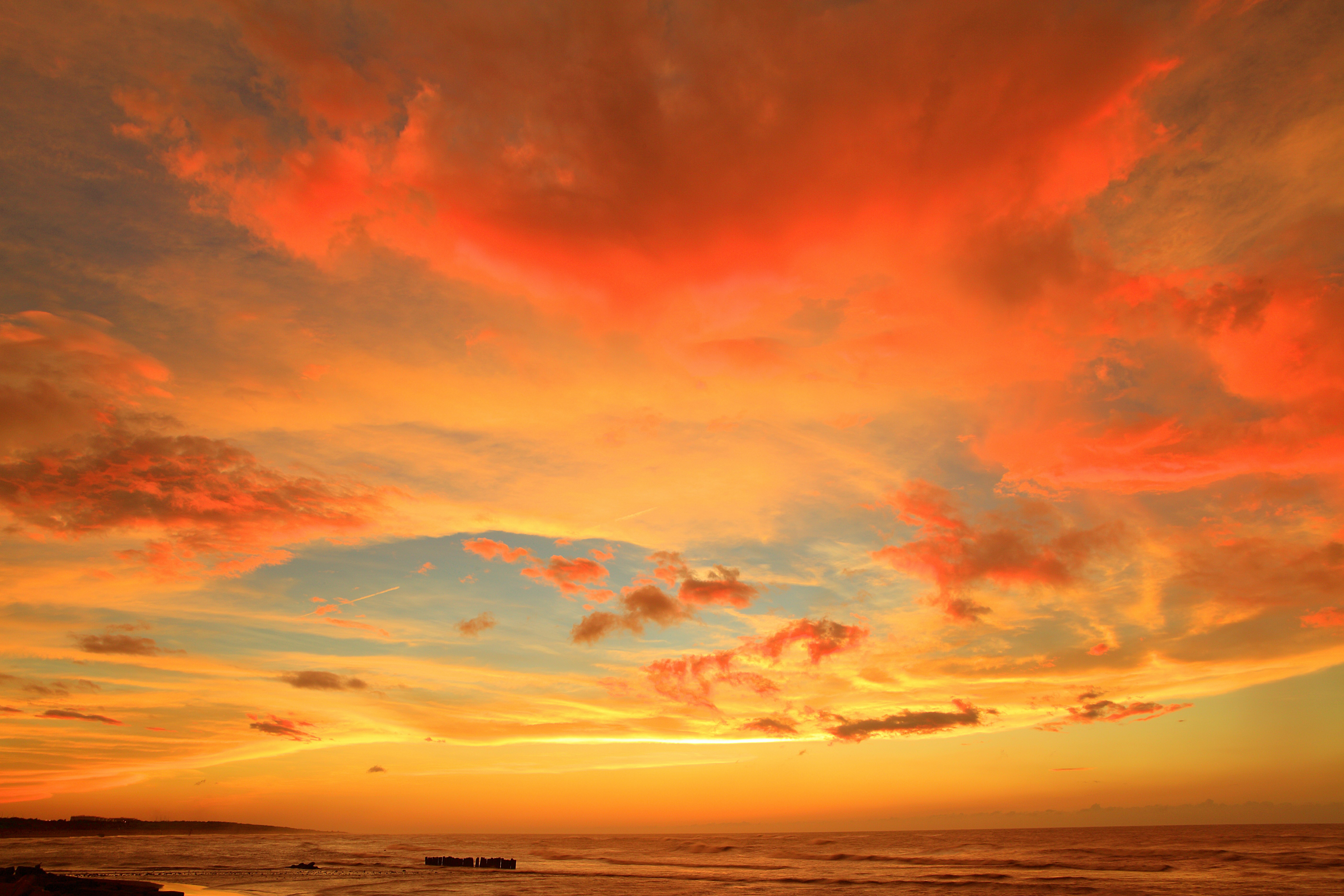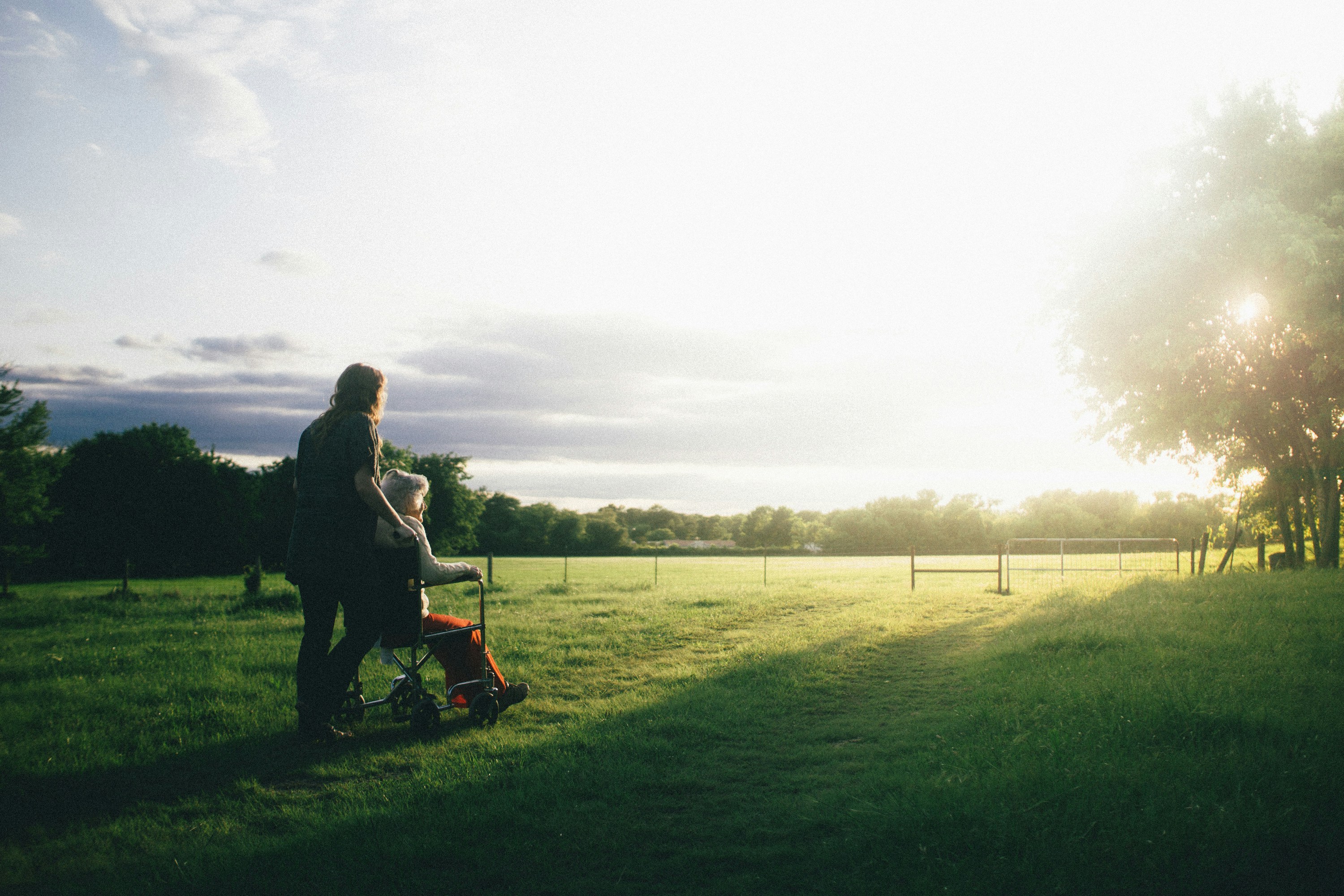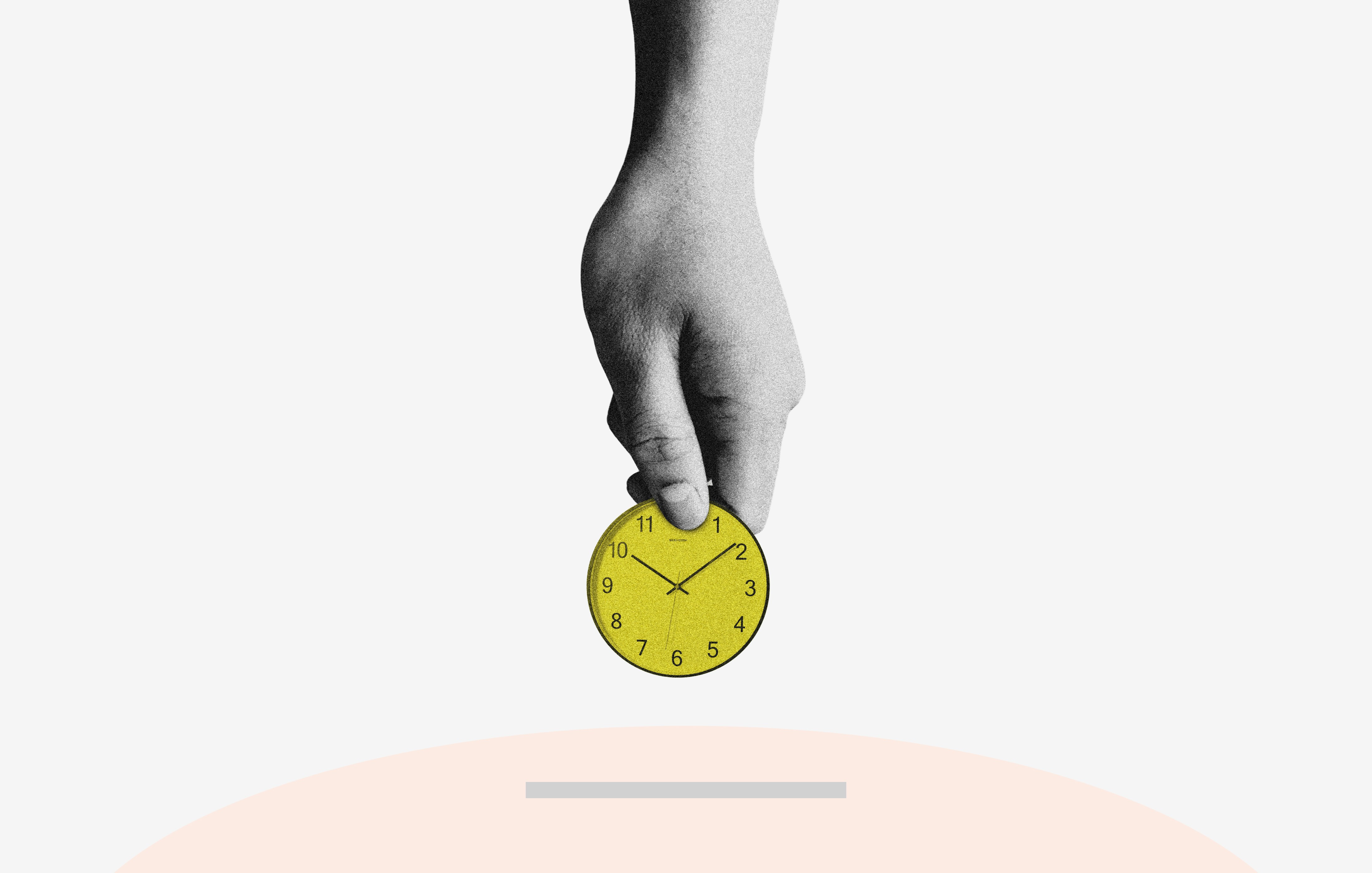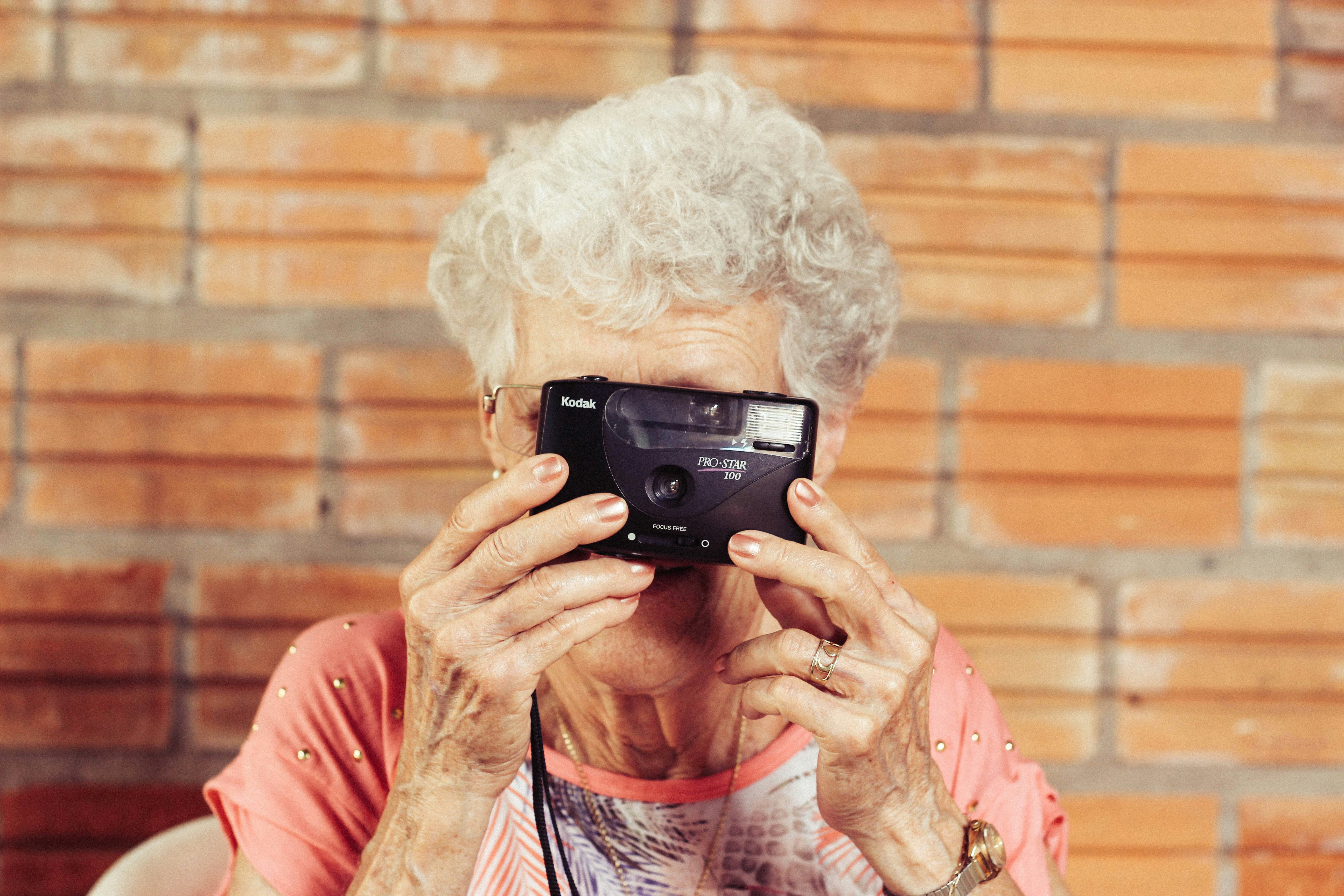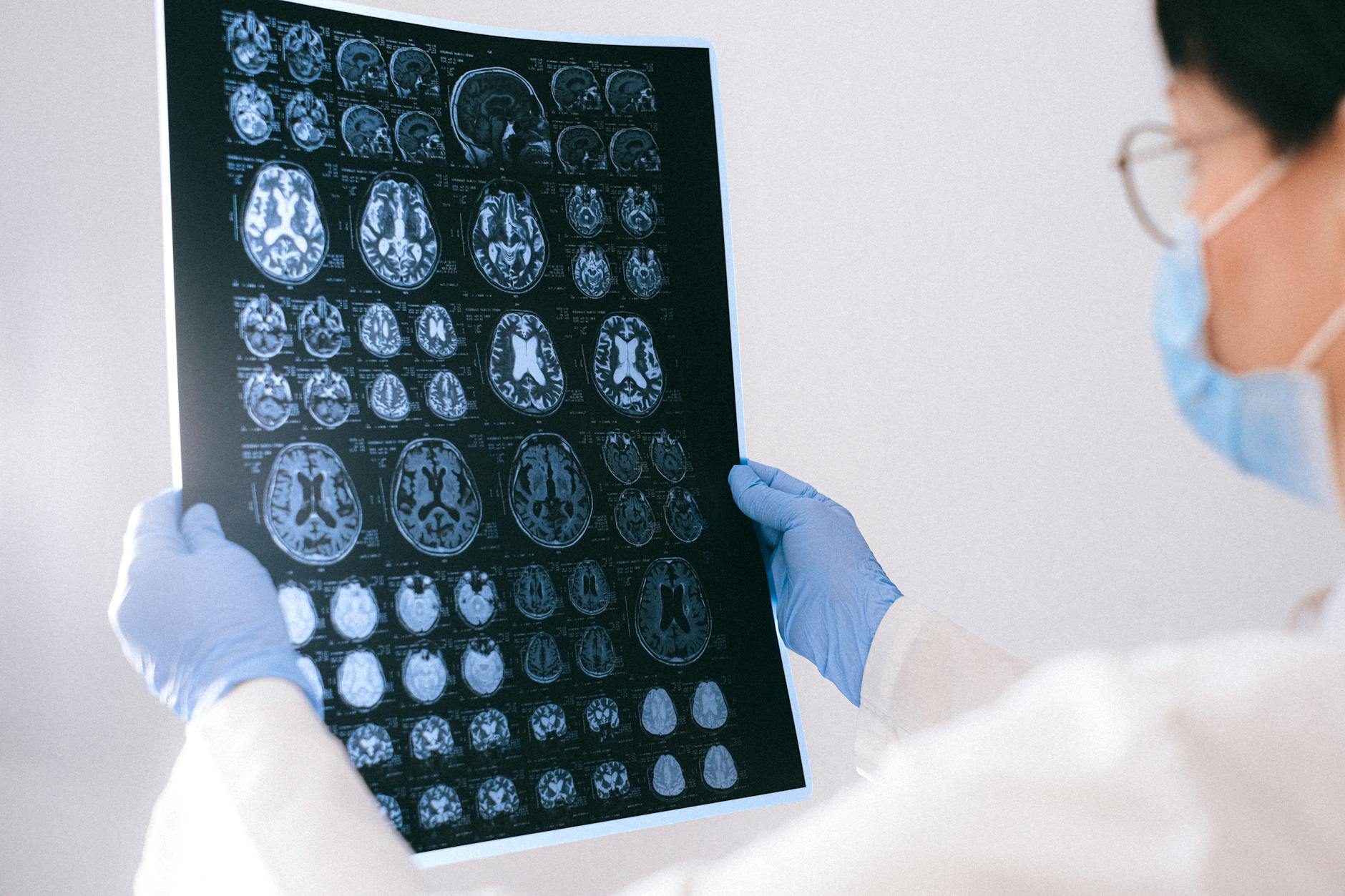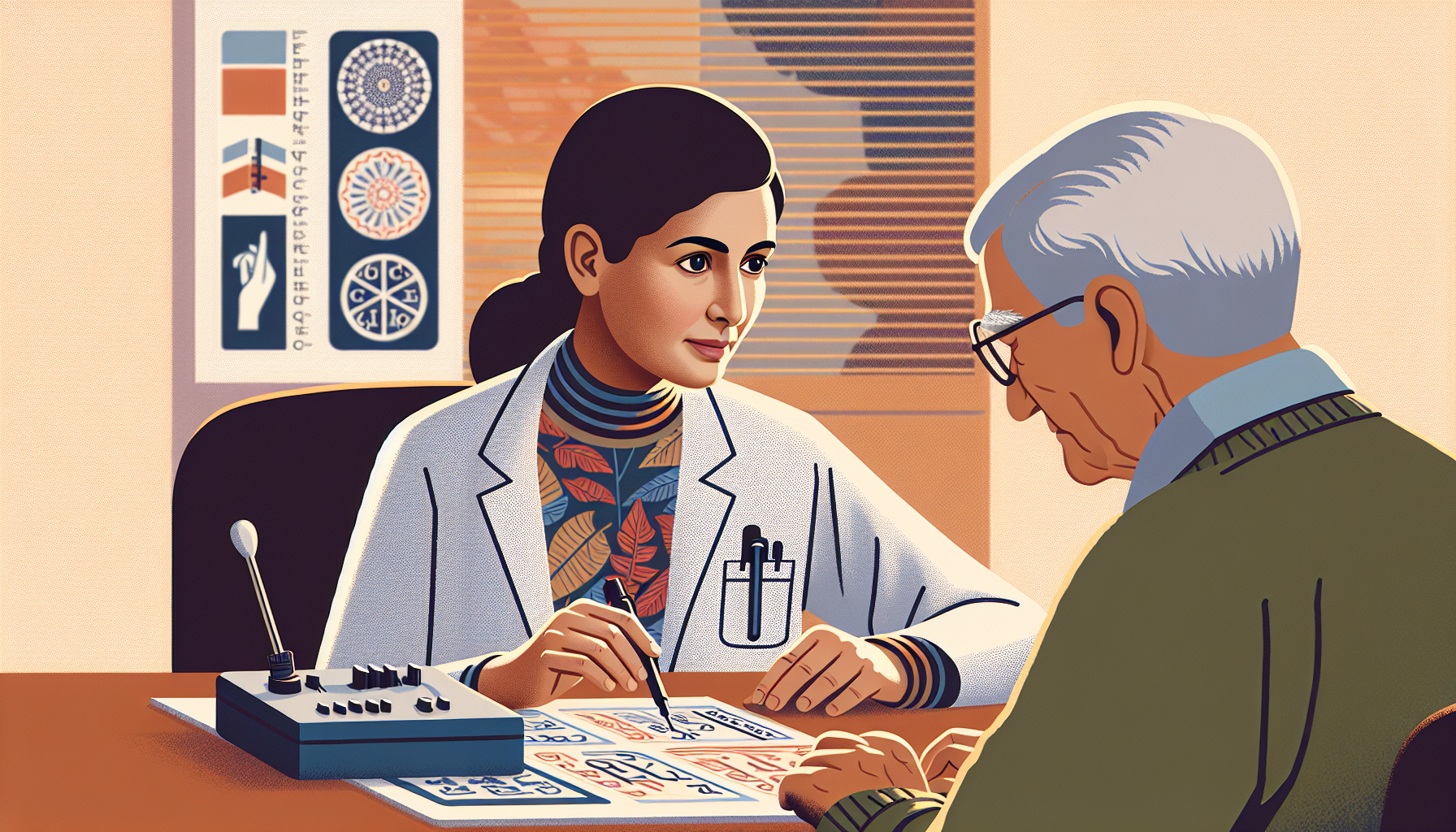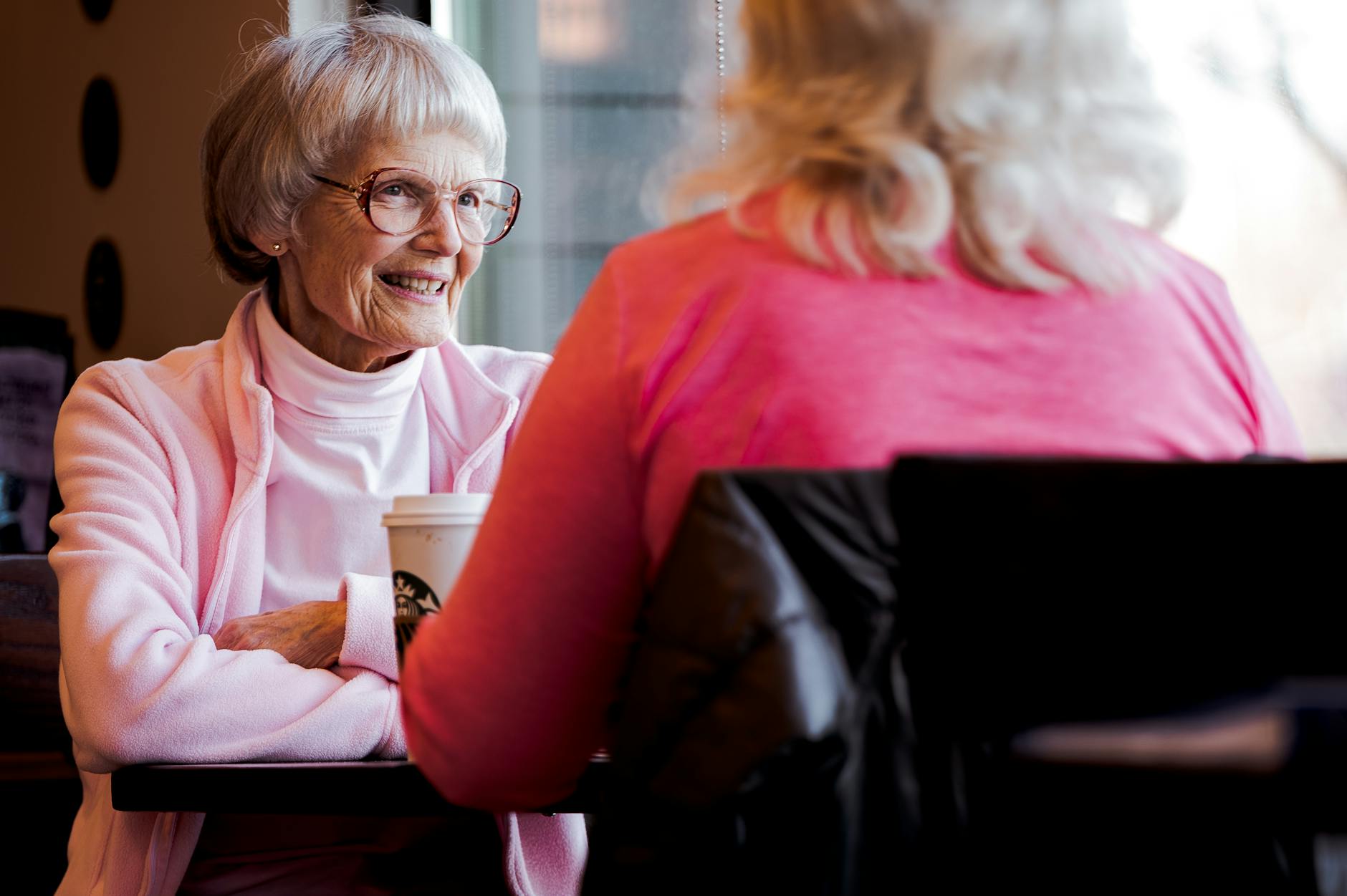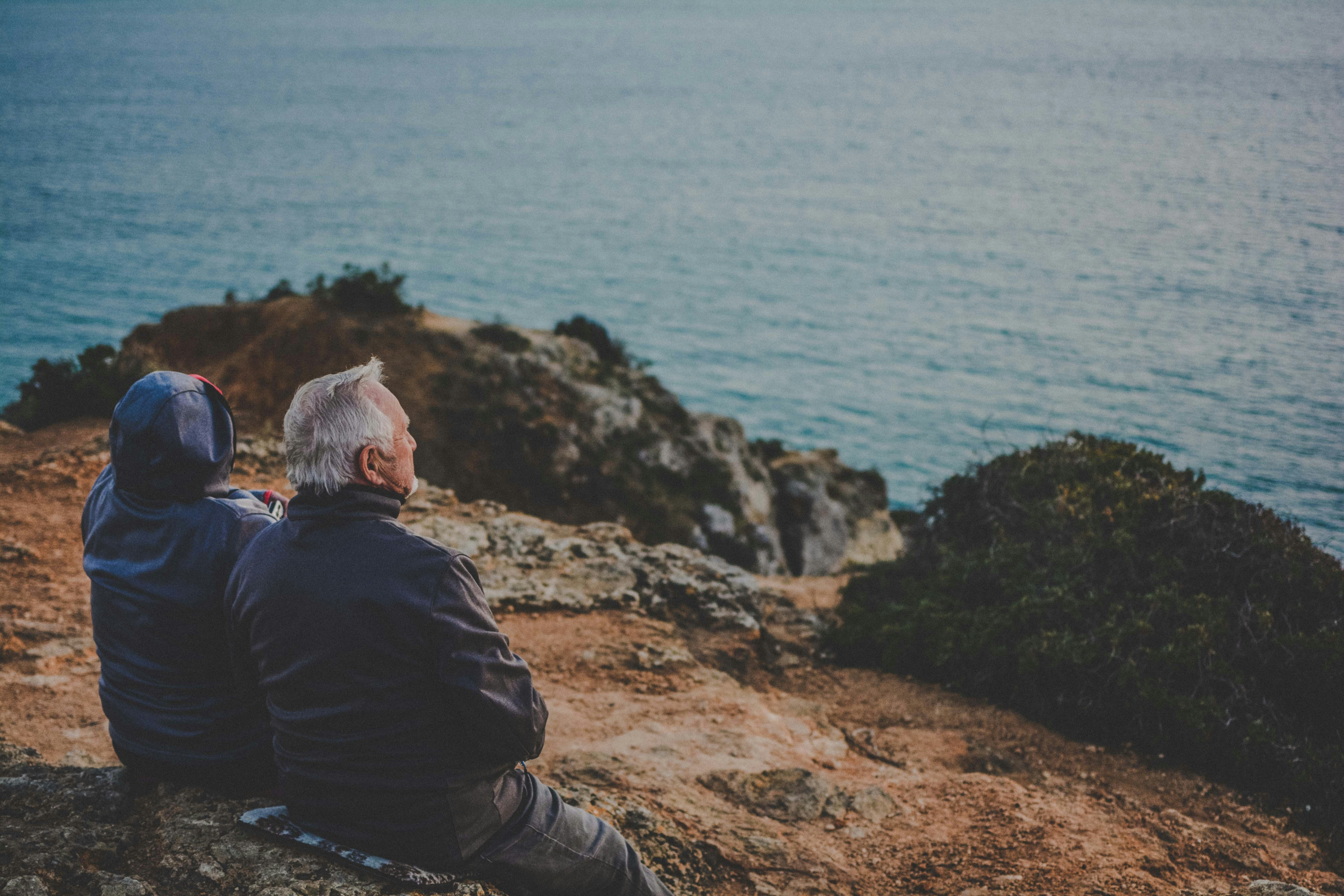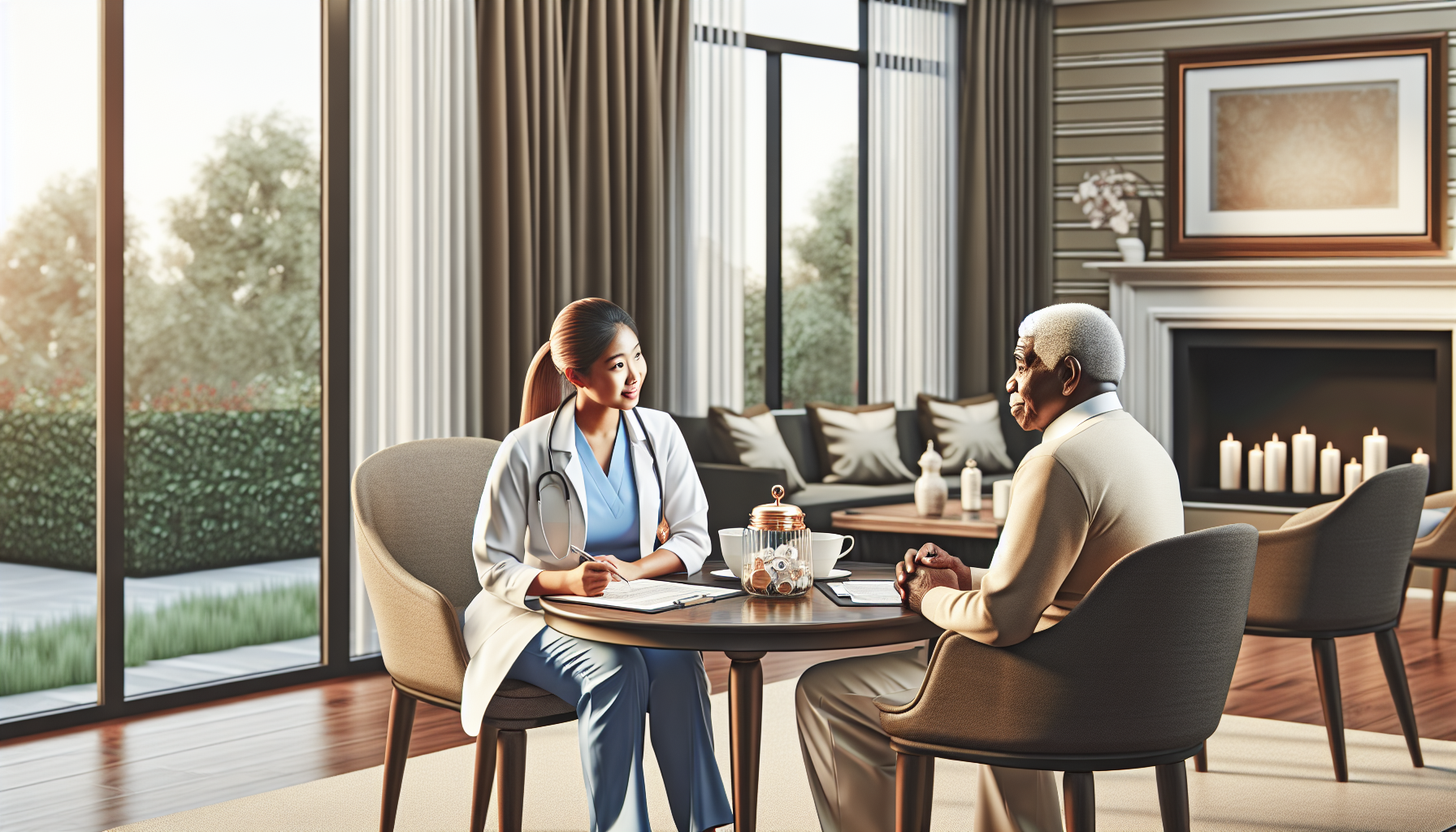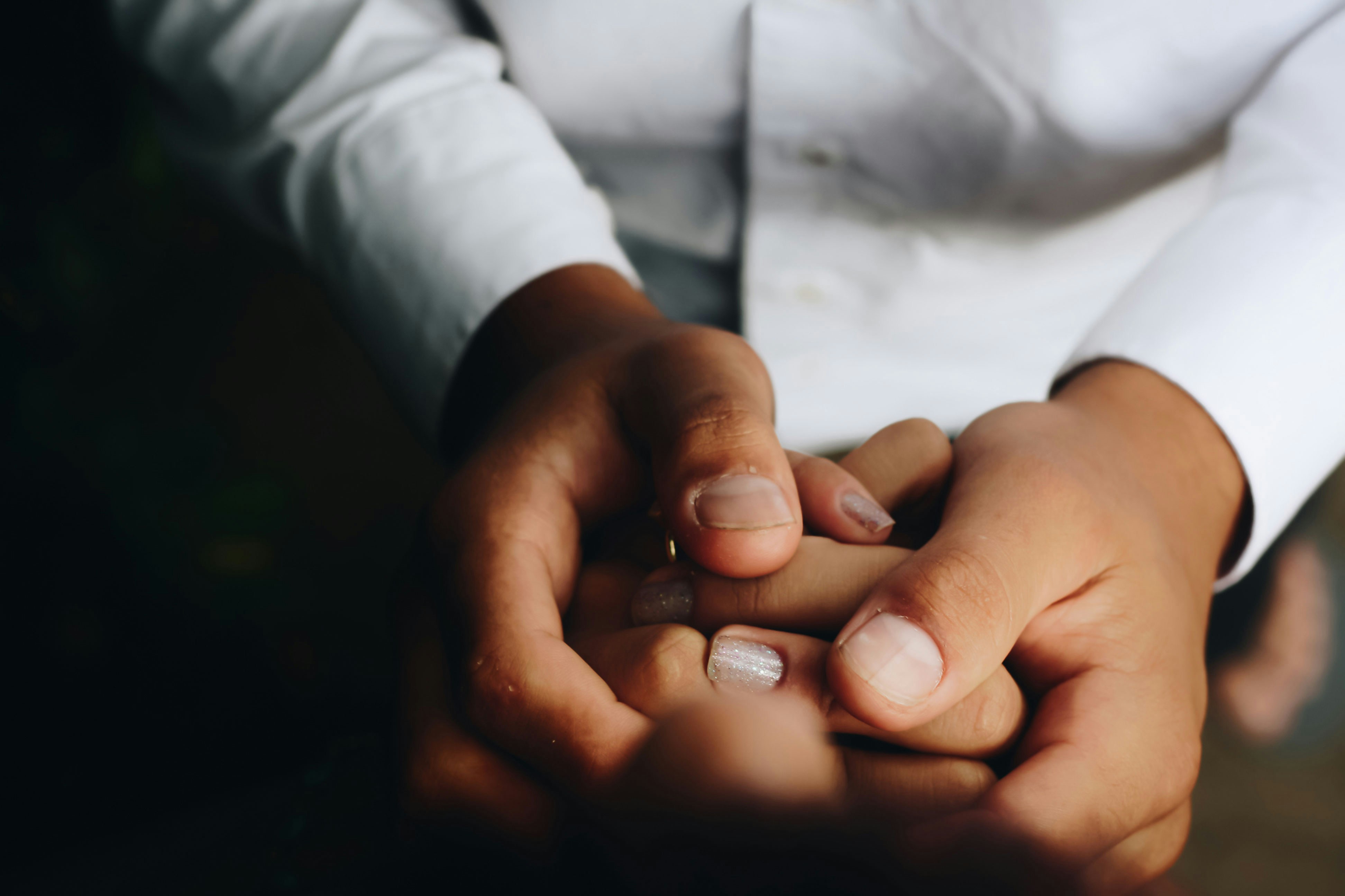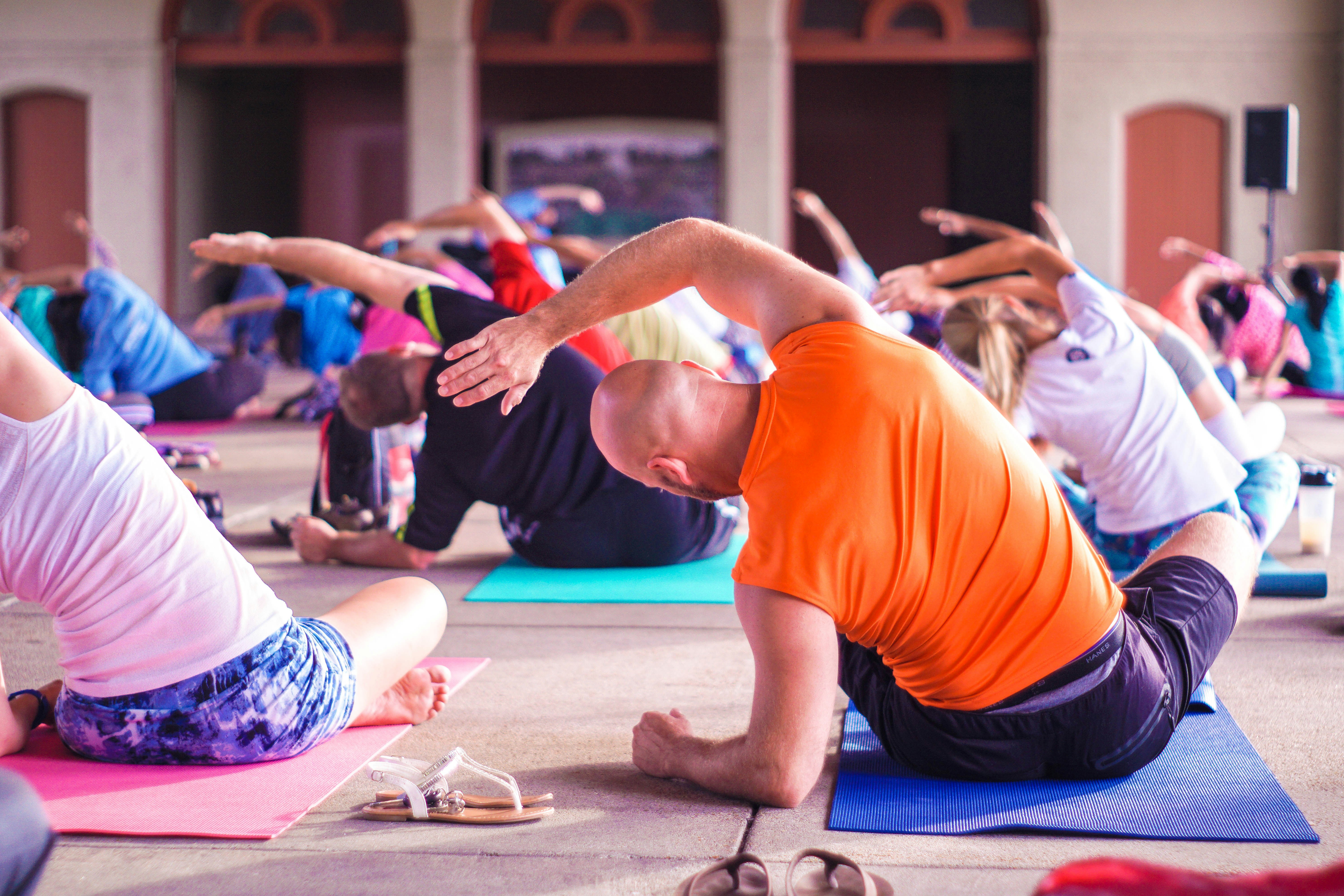How To Prevent Heat Stroke In Elderly Individuals
Knowing what causes it and how to avoid it can make all the difference.

Beat the Heat: Preventing Heat Stroke
Heat illness happens when your body can't keep cool because of too much heat from outside. The worst kind is heat stroke, which can mess up your brain and other important organs. It can hit you if you're working out hard in the heat or just hanging out in high temps for too long [1].
Who's at Risk?
Older folks are more likely to get heat stroke. Things like working in hot places, being out in the sun, or not having enough shade can make it worse. Not drinking enough water, drinking alcohol, having had heat illness before, being overweight, or not being in good shape can also increase the risk [2]. If you're an athlete or just very active in the heat, watch out too [3].

How to Stay Safe?
To dodge heat stroke, take some simple steps. Avoid hot and sticky weather, drink lots of water, and wear light clothes. Encourage older folks to find shade, stay hydrated, and avoid going out during the hottest parts of the day [4]. Caregivers should keep an eye on any health issues that might make heat stroke more likely and take extra care.
By knowing what causes heat stroke and who's at risk, you can help keep your elderly loved ones safe. Staying cool and hydrated, especially when it's hot out, is key to their health and safety.
Why Staying Hydrated Matters?
Staying hydrated isn't just about quenching your thirst—it's about keeping your body running smoothly, especially when the sun's blazing. Knowing how much water you need and sticking to it can help you dodge heat stroke and keep you feeling great.
How Much Water Do You Need?
Water is a big deal for our bodies, making up about 60% of what we're made of. We lose water all day long through sweat, pee, and even breathing. To keep things balanced, you gotta drink enough fluids.
How much is enough? It depends on things like your gender and how active you are. The folks at the University of Nebraska-Lincoln say men should aim for about 3.7 liters (16 cups) of fluids a day, and women should go for 2.7 liters (11 cups). This includes all fluids—water, drinks, and even water-packed foods.
If you're hitting the gym hard, sweating buckets, or dealing with stuff like diarrhea or fever, you might need more water. In these cases, it's smart to check with a healthcare pro to figure out what's right for you.
Watch Out for Too Much Water
While staying hydrated is key, you don't want to overdo it. Drinking too much water can lead to hyponatremia, where your blood's sodium levels drop too low. This can be risky, especially if you have heart issues or other health problems.
To keep things balanced, munch on water-rich fruits and veggies like cucumbers, celery, tomatoes, and watermelon. These foods can help you stay hydrated without overloading on water.
If plain water isn't your thing, jazz it up with natural flavors. Toss in some lime, lemon, mint, or berries to make it more enjoyable without adding junk like artificial sweeteners.
Keep It Balanced
By drinking the right amount of water and being careful not to overdo it, you can help prevent heat stroke and stay hydrated, especially when it's hot out. Remember, staying hydrated isn't just about avoiding heat-related problems—it's about keeping your whole body in good shape. So, grab that water bottle and drink up!
Spotting Heat Stroke Symptoms
Heat stroke is no joke, especially for our elderly loved ones. Knowing how to spot the signs and act fast can make all the difference. Let's break down what to look for and what to do if you suspect someone is suffering from heat stroke.
Heat Stroke Red Flags
Heat stroke shows up with some pretty clear signals. Here’s what you need to watch out for:
- Sky-high body temp: If someone’s internal temperature shoots past 103°F, it’s a big red flag.
- Mental fog: Confusion, agitation, or just plain weird behavior can all be signs.
- Nausea and puking: Feeling sick to the stomach or actually throwing up.
- Red, hot skin: The skin might look flushed and feel like it’s on fire.
- Fast, shallow breaths: Breathing might get quick and shallow.
- Heart racing: A super-fast pulse is another warning sign.
- Pounding headache: A severe headache can also be a clue.
If you see these symptoms in an elderly person, don’t wait. Get medical help right away. Heat stroke is a big deal and needs quick action.
Heat Stroke First Aid
So, you think someone’s got heat stroke? Here’s what you should do, pronto:
- Dial 911: Get emergency help on the way.
- Get them cool: Move them to a shady or air-conditioned spot.
- Cool them down: Use whatever you’ve got—cold water, ice packs on their head, neck, armpits, and groin. Even a cold shower works.
- Skip the drinks: Don’t give them anything to drink until the pros arrive.
By knowing these signs and acting fast, you can help keep your elderly loved ones safe. Heat stroke is serious business, so don’t mess around—get help fast.
Tips for Preventing Heat Stroke in Seniors
When the mercury rises, it's crucial to keep our elderly loved ones cool and hydrated. Here are some practical tips to help them beat the heat and stay safe.
Stay Cool Tips
Keeping cool is key to avoiding heat stroke. Try these simple tricks:
- Spritz with Cool Water: Fill a spray bottle with cool water and mist your skin throughout the day. Instant relief!
- Open Windows at Night: Let the cool night air in to help lower indoor temperatures.
- Use Fans: Fans or ceiling fans can create a refreshing breeze and improve air circulation.
- Cool Cloths: Wipe your forehead and pulse points with a damp cloth to help cool down.
- Skip Strenuous Exercise: Avoid heavy physical activities outside during peak heat hours.
- Ice in Water Bottles: Add ice cubes to your water bottle to keep your drink cool and refreshing.
If there's no air conditioning at home, spend at least 2 hours a day in an air-conditioned place, especially during the hottest part of the day. Drawing curtains or blinds during peak heat hours and opening windows at night for cross-ventilation can also help keep things cooler.
Hydration Hacks
Staying hydrated is just as important as staying cool. Here are some tips to keep those fluids up:
- Light, Loose Clothing: Wear light-colored, breathable clothes to help stay cool.
- Time Activities Wisely: Schedule physical activities for cooler parts of the day, like early morning or evening.
- Sun Protection: Wear hats and use shade accessories to avoid direct sunlight.
- Frequent Drink Breaks: Take regular water breaks, especially when outside or in hot environments.
- Misting: If you or your elderly loved one feels overheated, misting the skin with water can help cool down.
Hydration isn't just about water. Snacking on fruits and veggies with high water content can also help. Think cucumbers, celery, tomatoes, radishes, peppers, cauliflower, watermelon, spinach, strawberries, broccoli, and grapefruit. These all have over 90% water content.
By following these tips and staying vigilant, caregivers can help reduce the risk of heat stroke in seniors. Keep an eye out for any signs of heat stroke and be ready to act. For more info on recognizing symptoms and providing first aid, check out the other sections in this article.
High-Risk Groups
Preventing heat stroke is all about knowing who’s most at risk and taking steps to keep them safe. Some folks are more vulnerable than others, and being aware of these groups can help caregivers act before things get serious. Two main groups to watch out for are vulnerable populations and those working in hot environments.
Vulnerable Populations
Certain people, like the elderly, infants, athletes, soldiers, and those with health issues, are more likely to get heat stroke. Older adults, in particular, have a harder time regulating their body temperature and often don't feel thirsty, making them prime candidates for heat-related problems. Caregivers should keep a close eye on them, ensuring they stay cool and drink plenty of fluids, especially when it’s scorching outside.
Health conditions like high blood pressure and heart disease can make older adults even more prone to heat stroke. For more tips on managing high blood pressure in seniors, check out our article on what causes high blood pressure in older adults?.
Occupational Risks
Jobs that require physical labor in the heat, like construction, farming, and other outdoor work, also come with a higher risk of heat stroke. It’s crucial for both employers and workers to take steps to prevent heat-related illnesses.
Employers should offer regular breaks in cool or shaded areas, push for frequent hydration, and educate workers on the signs of heat stroke. Providing the right clothing and gear to minimize heat exposure is also a must.
Simple steps like staying hydrated, avoiding extreme heat, and wearing the right clothes can go a long way in preventing heat stroke for both vulnerable groups and those in hot jobs [4]. By knowing who’s at risk and taking preventive measures, caregivers can help keep people safe from the dangers of heat stroke.
For more info on government help for seniors, including grants for elderly care and home repairs, check out our articles on government grants for elderly care and government programs for seniors home repairs. If you’re looking for financial assistance for low-income seniors, see our article on government assistance for low-income seniors.
Post-Heat Stroke Care
Surviving a heat stroke is no small feat, and the road to recovery needs some TLC. Here's how to bounce back and keep future heat strokes at bay.
Recovery Guidelines
Getting back on your feet after a heat stroke takes time and patience. Your body might be extra sensitive to heat for about a week, so here’s what you need to do:
- Stay Cool: Avoid the sun like it's your ex. Seriously, keep out of the heat until your doctor says it’s okay. This means no sunbathing or outdoor adventures during peak heat hours.
- Skip the Gym: Hold off on those intense workouts. Your body needs to chill. Start with light activities and only ramp up when your doc gives the thumbs-up.
- Hydrate, Hydrate, Hydrate: Drink water like it’s going out of style. Avoid sugary or alcoholic drinks—they’re just going to dehydrate you more. Don’t wait until you’re thirsty to drink; by then, it might be too late.
- Cool Down: Use fans, spritz yourself with cool water, keep windows open at night, use a cool cloth on your forehead, and throw some ice cubes in your water bottle. These tricks help keep your body temp in check.
Long-Term Precautions
To dodge future heat strokes, you’ve got to play it smart. Here’s how:
- Keep Your Space Cool: Make sure your home is a cool haven. If you can’t afford an AC, look into programs like LIHEAP for help during heat waves.
- Stay Weather-Wise: Keep an eye on the weather. If it’s going to be a scorcher, take steps to stay cool. Wear light-colored clothes, slap on some sunscreen, and take breaks in the shade.
- Keep Hydrating: Even after you’ve recovered, keep drinking water. Avoid super cold drinks in extreme heat—they can give you stomach cramps.
- Talk to Your Doc: If you’re still feeling off or have any concerns, check in with your healthcare provider. They can give you advice tailored to your situation.
By sticking to these tips, you can lower your chances of another heat stroke and stay healthy. It’s especially important for older folks to take these precautions seriously. Stay cool, stay safe!
References
[1]: https://www.mayoclinic.org/first-aid/first-aid-heatstroke/basics/art-20056655
[2]: https://www.dir.ca.gov/dosh/etools/08-006/whatcauses.htm
[3]: https://ksi.uconn.edu/wp-content/uploads/sites/1222/2019/08/EHSinfosheetforAthlete_ResourceUpdate_8-1.pdf
[4]: https://my.clevelandclinic.org/health/diseases/21812-heatstroke
